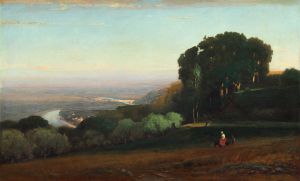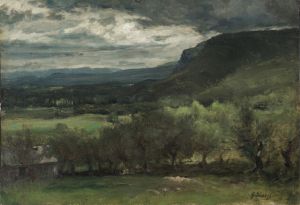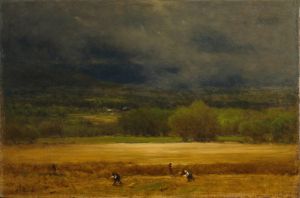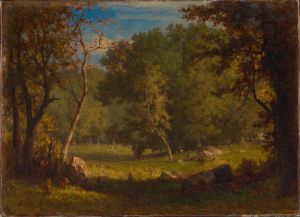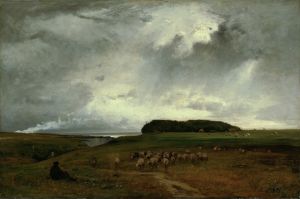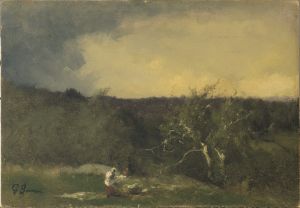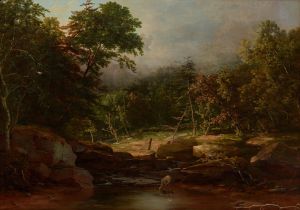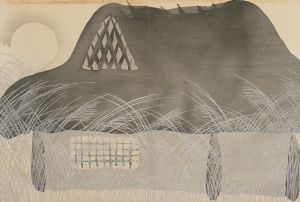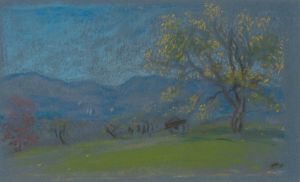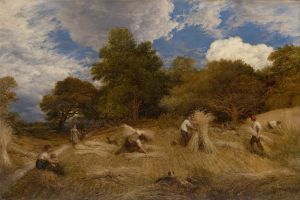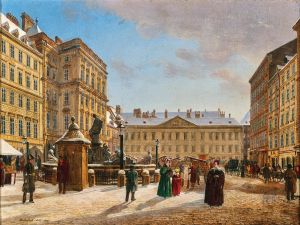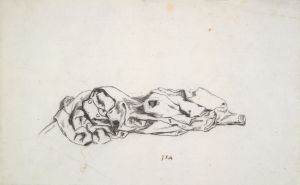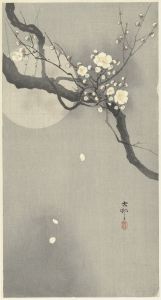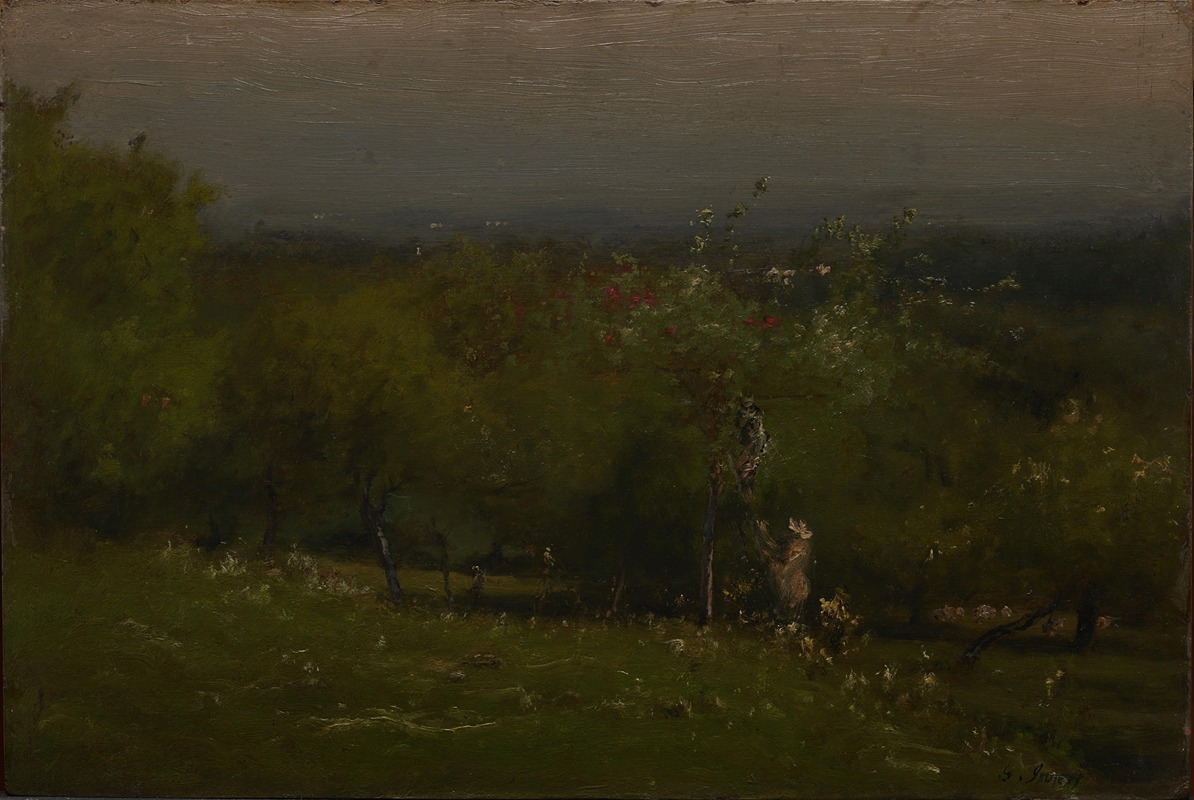
Apple Orchard
A hand-painted replica of George Inness’s masterpiece Apple Orchard, meticulously crafted by professional artists to capture the true essence of the original. Each piece is created with museum-quality canvas and rare mineral pigments, carefully painted by experienced artists with delicate brushstrokes and rich, layered colors to perfectly recreate the texture of the original artwork. Unlike machine-printed reproductions, this hand-painted version brings the painting to life, infused with the artist’s emotions and skill in every stroke. Whether for personal collection or home decoration, it instantly elevates the artistic atmosphere of any space.
George Inness was an influential American landscape painter, born on May 1, 1825, in Newburgh, New York. He is often associated with the Hudson River School, although his style evolved significantly over his career, drawing inspiration from the Barbizon School and later developing a more personal, atmospheric approach to landscape painting. Inness is celebrated for his ability to convey mood and emotion through his depictions of nature, and his work is considered a precursor to the Tonalist movement.
"Apple Orchard" is one of Inness's notable works, showcasing his mature style that emphasizes mood and atmosphere over detailed representation. Painted in 1886, this piece exemplifies Inness's shift from the detailed realism of his early career to a more expressive and evocative approach. The painting captures an apple orchard, a subject that allows Inness to explore the interplay of light, color, and form in a natural setting.
In "Apple Orchard," Inness employs a soft, diffused light that bathes the scene in a warm glow, creating a tranquil and harmonious atmosphere. The composition is characterized by its loose brushwork and subtle color palette, which includes muted greens, browns, and hints of red. This approach reflects Inness's interest in capturing the spiritual essence of the landscape rather than focusing on precise details.
The painting is a testament to Inness's belief in the spiritual dimension of art. He was influenced by the writings of Emanuel Swedenborg, a Swedish theologian and philosopher, whose ideas about the connection between the natural and spiritual worlds resonated with Inness. This philosophical perspective is evident in "Apple Orchard," where the serene and contemplative mood invites viewers to reflect on the beauty and tranquility of the natural world.
Inness's technique in "Apple Orchard" involves the use of layered glazes and a careful modulation of color and light, which contribute to the painting's ethereal quality. The soft edges and atmospheric effects create a sense of depth and space, drawing the viewer into the scene. This method reflects Inness's mastery of capturing the transient effects of light and atmosphere, a hallmark of his later work.
Throughout his career, Inness received recognition for his innovative approach to landscape painting. He exhibited widely in the United States and Europe, and his work was well-received by both critics and the public. "Apple Orchard" is a prime example of his ability to convey emotion and spirituality through the medium of landscape, and it remains an important piece in the study of American art.
George Inness passed away on August 3, 1894, in Bridge of Allan, Scotland, leaving behind a legacy of works that continue to inspire and influence artists and art enthusiasts. His contributions to American art are celebrated for their depth, emotion, and the unique perspective he brought to the depiction of the natural world. "Apple Orchard" stands as a testament to Inness's artistic vision and his enduring impact on the landscape genre.






